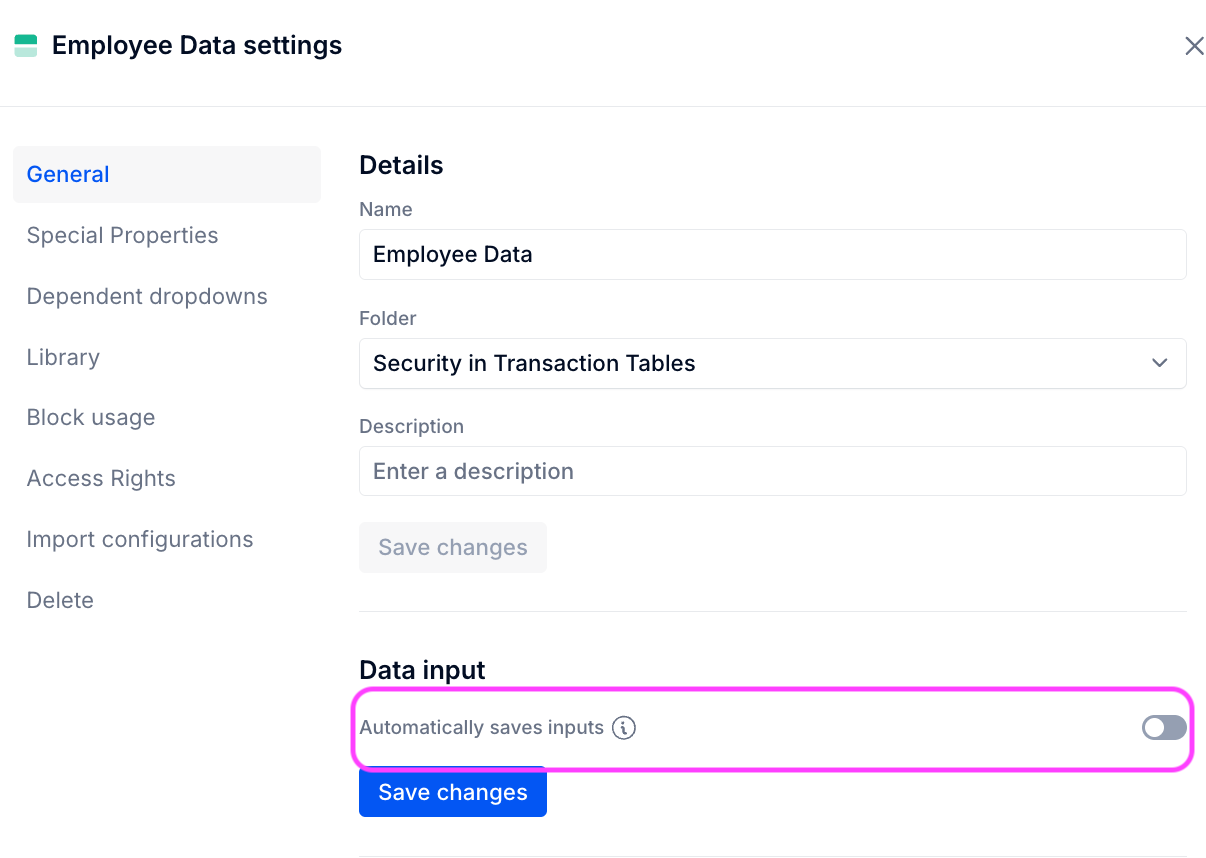Hi everyone,
Yesterday, that is on 19/06/2025, the feature “List-List Import” feature was released and I believe its a great feature, but I want to know about the practical usage of these feature, like what are the scenarios where we should use this feature, It would be great if someone can help me understand.
Thanks everyone!
Practical Use of List-List Import Feature
Best answer by Pierre
Hello,
The two use cases I anticipate the most for this feature are performance optimization and a basic input validation flow.
1. Performance Optimization
Currently, when users input data directly into a List, all downstream calculations are triggered immediately. With the List-to-List copy feature, users can first input their data in a staging List, disconnected from the rest of the model. Once ready, they can trigger a copy operation, which consolidates all changes and triggers a single batch of recalculations. This reduces computational load and improves performance, especially in complex models.
2. Input Validation
This mechanism also opens the door to lightweight validation flows. For instance, you could define a Boolean property computed with a formula to check certain conditions—such as whether a text property exceeds a specific length, or if another property is non-empty. With the filtering capabilities of the List-to-List import, you can then prevent users from copying data that does not meet these conditions. This provides a way to enforce simple validation rules without complex workflows.
That said, we’re excited to see what other use cases our customers will imagine for this feature. In the coming weeks, we’ll gather the most popular examples and consolidate them into a comprehensive guide.
Best,
Pierre
Enter your E-mail address. We'll send you an e-mail with instructions to reset your password.














